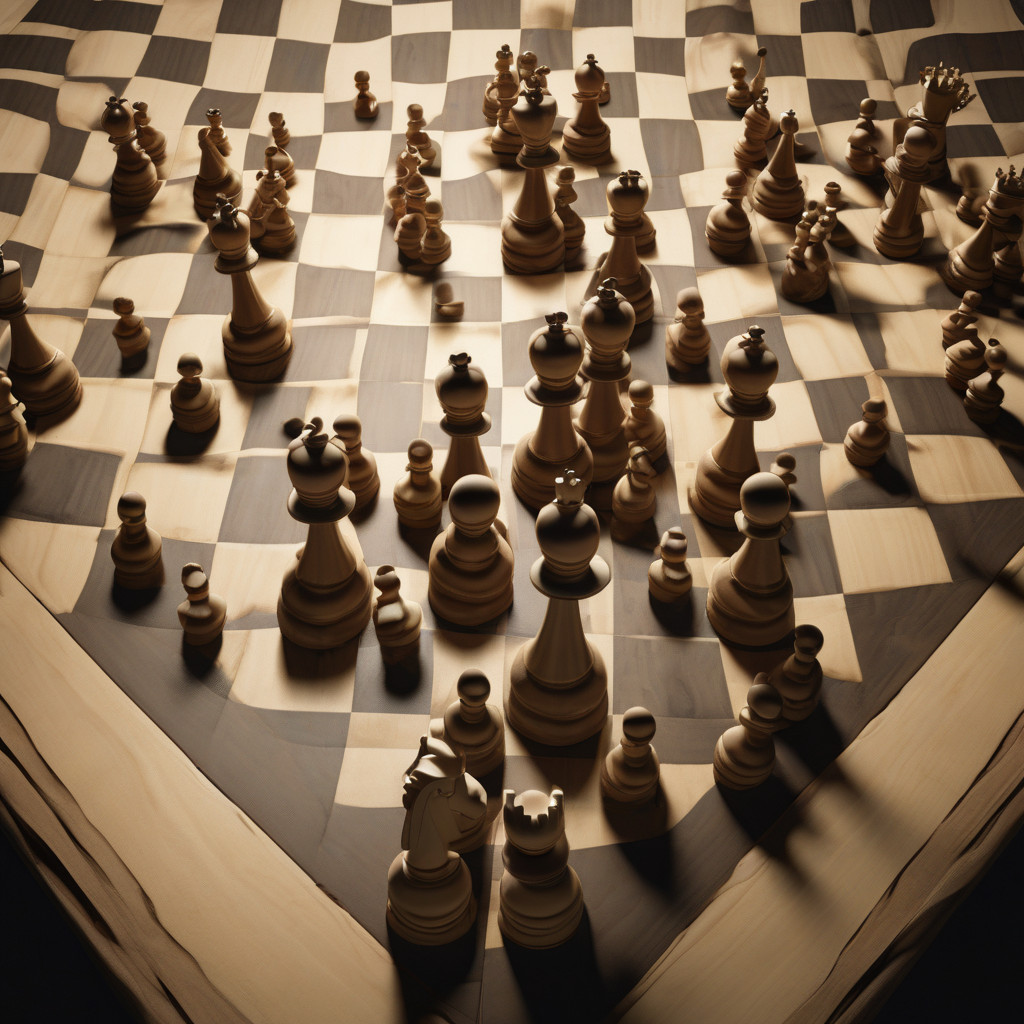Chess, a game of strategy and foresight, has long been a subject of fascination for both players and researchers. Recently, physicists have applied the principles of complexity physics to uncover crucial tipping points in chess games. By utilizing interaction graphs to visualize how pieces attack and defend, a study analyzed 20,000 top matches to reveal insights into the dynamics of chess at a deeper level.
In the realm of complexity physics, systems are viewed as interconnected networks where individual components interact in complex ways. In the context of chess, each piece’s movement and positioning create a dynamic network of interactions that shape the flow and outcome of the game. By mapping out these interactions through interaction graphs, physicists were able to gain a new perspective on the strategic intricacies of chess matches.
One key finding of the study was the identification of tipping points in chess games. These tipping points represent critical moments where the balance of power shifts significantly, leading to decisive outcomes. By analyzing how pieces attack and defend within the game’s network structure, researchers were able to pinpoint these pivotal moments where strategies converge and outcomes are determined.
For instance, a tipping point could occur when a player makes a strategic sacrifice to gain a positional advantage, setting the stage for a game-changing move. By identifying these tipping points through interaction graphs, physicists can better understand the underlying dynamics of chess matches and the strategic decisions that shape their outcomes.
Moreover, this approach offers valuable insights not only for chess enthusiasts but also for researchers studying complex systems in various domains. The application of complexity physics to chess not only enhances our understanding of this timeless game but also showcases the interdisciplinary nature of scientific inquiry.
In conclusion, the use of interaction graphs to analyze how pieces attack and defend in chess games represents a novel application of complexity physics. By uncovering crucial tipping points in top matches, physicists have shed light on the intricate dynamics of chess at a fundamental level. This research not only deepens our appreciation for the strategic complexities of chess but also underscores the broader relevance of complexity physics in understanding complex systems across disciplines.

